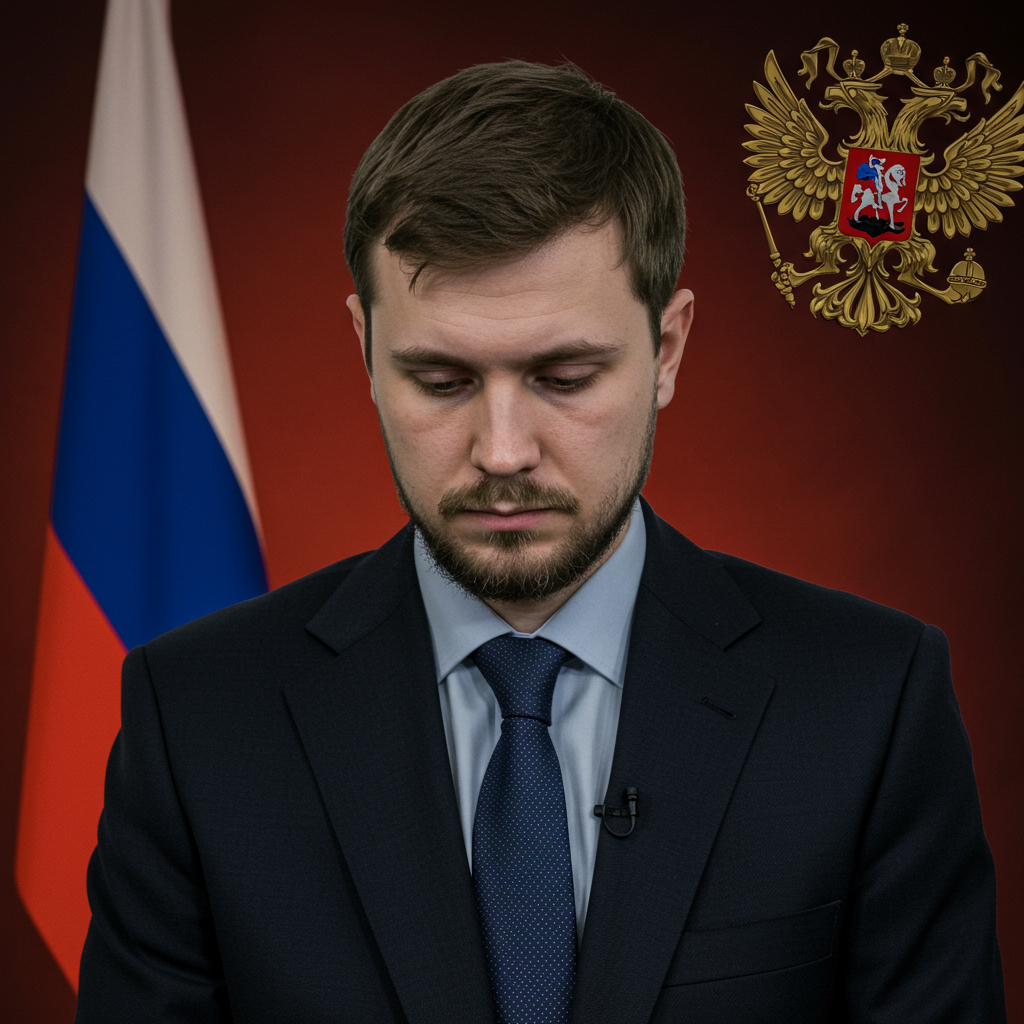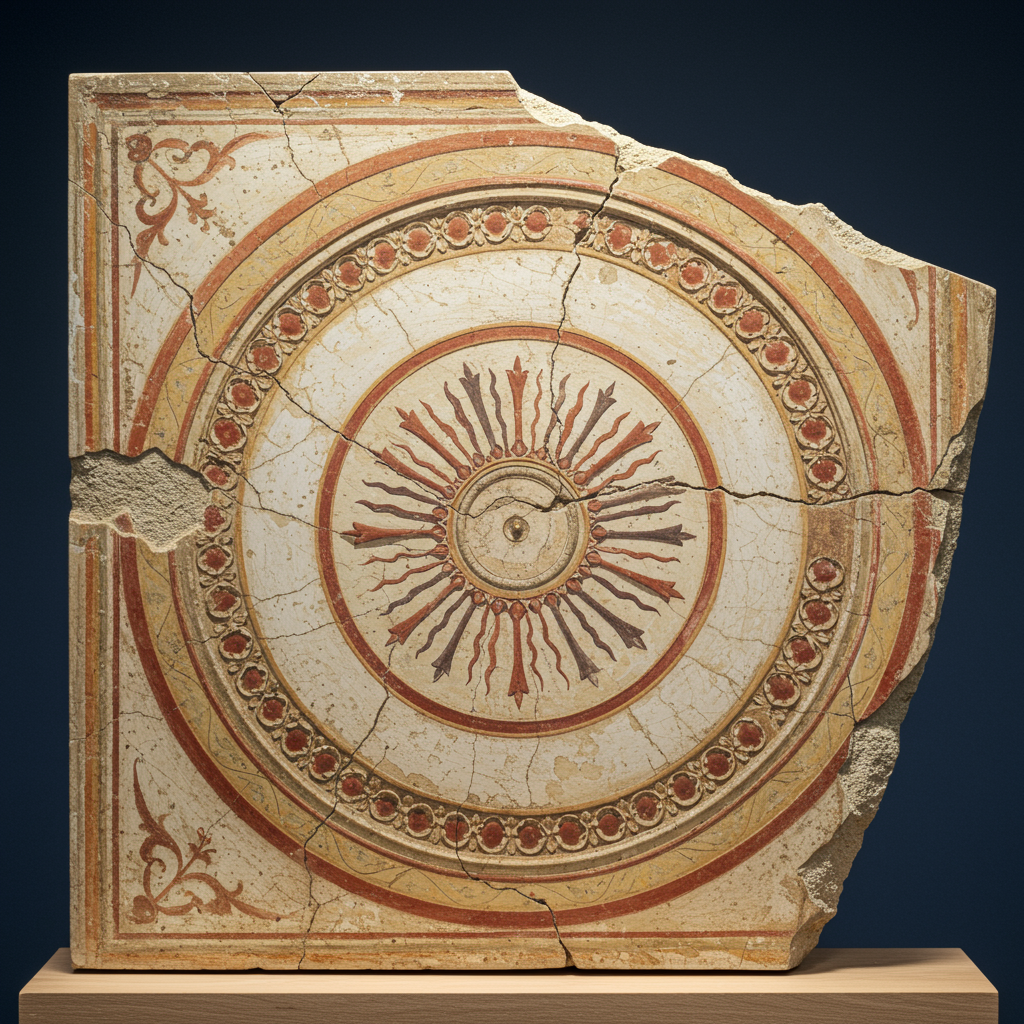Shockwaves have rippled through Russia’s political landscape following the death of Roman Starovoit, the country’s recently appointed Minister of Transport. Starovoit was reportedly found dead just hours after President Vladimir Putin issued a decree dismissing him from his ministerial post. While an official investigation is underway, initial reports from Russia’s top criminal investigation agency suggest the cause was likely a self-inflicted gunshot wound. The precise circumstances surrounding his death and the reasons behind his sudden dismissal remain the subject of intense speculation, interwoven with recent controversies surrounding his previous role and a broader anti-corruption drive within Russia.
The Dismissal and Discovery
President Putin’s decree dismissing Starovoit was made public on Monday. This sudden removal came only months after Starovoit had taken on the transport portfolio in May 2024. His replacement, Andrei Nikitin, the deputy transport minister, was quickly announced following the dismissal. The Kremlin offered no immediate official explanation for the change.
Timing and Location of Discovery
News of Starovoit’s death emerged shortly after his dismissal. Multiple reports, citing sources close to the investigation and state media, indicated that Starovoit, aged 53, was discovered dead in his car. The vehicle was reportedly found in Odintsovo, a city located just west of Moscow known for its affluent neighborhoods. One report mentioned his girlfriend, Polina Korneeva, aged 25, was the one who found him.
Initial Findings and Investigation
The Investigative Committee, Russia’s primary agency for criminal probes, quickly launched an inquiry into the incident. They stated they were working to establish the full circumstances. Early indications pointed towards suicide as the leading hypothesis. Reports noted that a gun, which had been officially gifted to Starovoit previously, was found near his body inside the car. Despite the preliminary findings suggesting suicide, the official investigation aims to gather all evidence and confirm the events leading to his death.
Starovoit’s Background and Controversies
Roman Starovoit’s tenure as Transport Minister was relatively brief. He had only assumed the role in May 2024. His career before that was largely centered on regional governance.
Tenure as Kursk Governor
For nearly six years prior to his ministerial appointment, Starovoit served as the governor of the Kursk region. This border region with Ukraine became a focal point of the ongoing conflict. He held this governorship until May 2024, when he moved to the transport ministry.
The Kursk Incursion Fallout
The Kursk region experienced a significant Ukrainian incursion in August 2024, some months after Starovoit had left his governor position. However, the fallout from this event is widely speculated to be linked to his recent troubles. During the incursion, Ukrainian forces briefly seized parts of the region in a surprise offensive. This event marked the first time Russian territory had been occupied by foreign troops since World War II and was seen as a major embarrassment and blow to the Kremlin. Moscow only recently claimed to have pushed Ukrainian forces back, although Kyiv maintains it still holds a small presence. The incursion reportedly prompted a “swift rebuke” from President Putin and highlighted potential deficiencies in Russia’s border fortifications.
Embezzlement Allegations Link
Crucially, Starovoit’s successor as Kursk governor, Aleksey Smirnov, was arrested in April and later faced accusations of embezzling state funds. These funds had been specifically allocated for building fortifications on the border with Ukraine. According to a report by the Russian outlet Kommersant, Roman Starovoit himself was reportedly on the verge of being brought in as a defendant in the very same embezzlement case involving these critical defense funds. This connection provides a strong potential motive for his dismissal, linking it directly to the serious issues highlighted by the Kursk incursion.
Possible Reasons for Dismissal
Given the lack of an official reason from the Kremlin, speculation about why Starovoit was fired is rampant among Russian media and observers. Several potential factors have emerged.
The Kursk Connection Speculation
The most frequently cited reason is his connection, through his former role as governor, to the ongoing investigation into the embezzlement of fortification funds in the Kursk region. With reports suggesting he was about to be implicated, a dismissal could have been seen as a precursor or consequence of impending charges. This theory ties directly into the political fallout from the embarrassing August 2024 incursion.
Recent Air Travel Chaos
Another possibility mentioned is the significant disruption to Russian air traffic over the weekend preceding his dismissal. Ukrainian drone attacks targeted airports in several regions, leading to the cancellation of hundreds of flights and stranding numerous passengers. The Ministry of Defense claimed to have intercepted a large number of drones. While this caused widespread chaos, some commentators have reportedly dismissed it as the primary reason for a ministerial firing, given that drone-related disruptions have become relatively frequent.
Broader Anti-Corruption Crackdown
Starovoit’s situation is also being viewed within the context of a wider series of high-profile arrests and corruption cases unfolding in Russia. Many of these probes are believed to be linked to issues and setbacks experienced by the military and defense sector in connection with the conflict in Ukraine. Recent notable cases include the conviction of former deputy chief of the General Staff, Khalil Arslanov, and the former deputy defense minister, Timur Ivanov, on corruption and embezzlement charges. The arrest of former National Guard official Viktor Strigunov on similar charges was announced the same day Starovoit’s dismissal was reported. This wave of arrests, targeting officials sometimes linked to former Defense Minister Sergei Shoigu, suggests a concerted effort to tackle graft, potentially making Starovoit’s alleged link to the Kursk embezzlement a severe liability.
Unanswered Questions and Discrepancies
Several aspects of this developing story remain unclear, particularly regarding the exact timeline and the Kremlin’s official stance.
Debate Over Time of Death
While the announcement of Starovoit’s death came on Monday, shortly after his dismissal was publicized, there is conflicting information about when he actually died. Andrei Kartapolov, head of the State Duma Defence Committee, reportedly told Russian media that Starovoit’s death occurred “quite a while ago.” Furthermore, a source cited by Forbes Russia suggested he died “presumably overnight between Saturday and Sunday.” There is even speculation in some Russian outlets that he may have died before President Putin’s decree dismissing him was officially published on Monday morning. His last known public appearance was reportedly in an official ministry video on Sunday morning.
Kremlin’s Official Position
Before the news of Starovoit’s death broke, Kremlin spokesman Dmitry Peskov was questioned by reporters about his dismissal. Specifically, journalists pressed whether the move signaled a loss of President Putin’s trust, possibly related to the events in Kursk. Peskov responded by stating that “A loss of trust is mentioned if there is a loss of trust.” He explicitly added, “Such wording was not used [in the Kremlin decree].” This leaves the official recorded reason for his dismissal ambiguous, contrasting sharply with the intense public speculation linking it to the Kursk fallout and potential embezzlement charges.
Pattern of Sudden High-Profile Deaths
The sudden death of Roman Starovoit follows a pattern of high-profile Russian officials and businessmen dying unexpectedly, often under circumstances that invite scrutiny and speculation. While many are officially ruled suicides or attributed to health issues, the recurring nature of these incidents has drawn international attention.
Other Recent Incidents Mentioned
Just before or around the time Starovoit’s death became public, other notable sudden deaths were reported. Andrei Korneichuk, aged 42, a deputy head within the Federal Road Agency (which operates under the Transport Ministry’s remit), reportedly collapsed and died of an apparent heart attack during a meeting in Moscow shortly after Starovoit’s dismissal was announced. Earlier, on Friday, Andrei Badalov, 62, a vice-president at the state oil company Transneft, was reportedly found dead below the window of a building in Moscow, with state media citing law enforcement suggesting a suicide note was found. These events add to a list that has grown over the past couple of years.
Frequently Asked Questions
What was Roman Starovoit’s position in the Russian government and why might he have been dismissed?
Roman Starovoit served as Russia’s Minister of Transport from May 2024 until his dismissal by President Putin on Monday. Prior to that, he was the governor of the Kursk region for nearly six years. While the Kremlin gave no official reason for his firing, speculation centers on his previous role as Kursk governor and an ongoing investigation into the embezzlement of funds for border fortifications. Reports suggest he was about to be implicated in this case, which relates to defenses that proved inadequate during a Ukrainian incursion into Kursk in August 2024.
Which Russian official agencies are investigating the death of Roman Starovoit?
Russia’s Investigative Committee, the primary state agency responsible for criminal investigations, is the main body probing the circumstances surrounding Roman Starovoit’s death. They have launched a criminal inquiry and are working to establish the full details of the incident. Initial reports citing the Investigative Committee suggest suicide as the leading hypothesis being examined, based on evidence found at the scene, including a gun reportedly near his body.
What does this incident suggest about the current political climate in Russia?
The death of Roman Starovoit, occurring so quickly after his dismissal and amid speculation about his link to an embezzlement probe, appears connected to a broader pattern. Russia is currently experiencing a wave of high-profile corruption cases, many seemingly tied to issues within the military and defense sector and linked to the conflict in Ukraine. Combined with other recent sudden deaths among Russian elites, Starovoit’s case may indicate heightened internal scrutiny, potential purges, and a period of significant tension within the country’s political and business circles.
Conclusion
The sudden death of former Transport Minister Roman Starovoit, hard on the heels of his dismissal by Vladimir Putin, marks a dramatic development within Russia’s political landscape. While authorities investigate the circumstances, widely reported as an apparent suicide, questions persist about the true reasons for his swift removal. Speculation linking his fate to alleged embezzlement of critical defense funds in the region he once governed, particularly in the aftermath of an embarrassing Ukrainian incursion, appears compelling, especially when viewed against the backdrop of a growing list of high-profile corruption cases and unexplained deaths among Russia’s elite. This incident underscores the opaque and often volatile nature of power within Russia, where positions can be lost and lives ended under circumstances that leave many questions unanswered.




